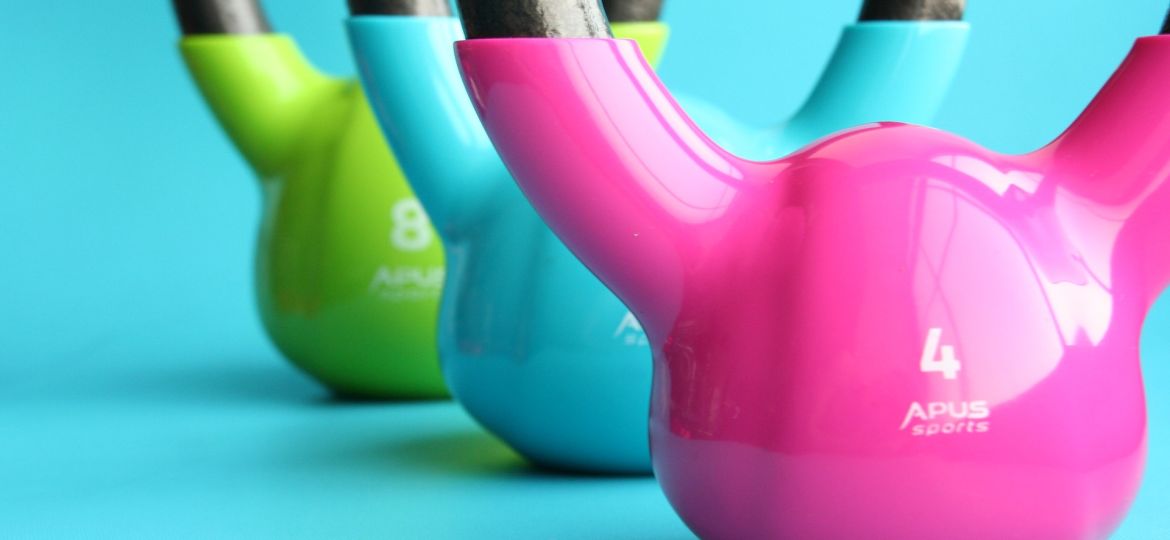
This propioceptive neuromuscular facilitation (PNF) exercise involves complex multi-directional movements using both the arms and legs. It is often done together with the chop. The PNF lift involves extension and rotational movements that strengthen the trunk, upper back, chest, shoulders and arms. The exercise can be performed with cable machines, elastic bands or a medicine ball. The goal is not to lift heavy, but to have perfect posture all the time. Use the lift in late-stage recovery programs after injury and for sport-specific workouts. This exercise is perfect for racket and stroke sports, especially golf.
How
The starting position varies from kneeling, half kneeling, sitting on a fitness ball to standing. The movement patterns are always the same: lifting from low to high with both hands, starting with a pulling movement across the midline of the body and ending with a pushing movement. For a standing lift, stand next to or slightly in front of the cable and grasp the handle with both hands on one side of the body, below knee height. Mainly raise with the upper or crossed arm, twist and stretch with the torso, then push through and up with the other arm so that the movement ends on the opposite side of the body, hands above shoulder height. Slowly return to the starting position. Make sets from right to left and then left to right.
Do it well
Keep the hips fully extended, but do not cross them.
Warning
Do not do this exercise too quickly. It’s all about form and technique. Too much weight too quickly leads to injuries.
Variations
Light
Stand with legs apart so that the body is better supported and the legs provide more stability.
Heavy
Stand on one leg so that the legs offer less stability and the entire exercise focuses on the core muscles.
Active muscles
- Erector spinae
- Multifidus (onder erector spinae)
- Deltoideus
- Biceps brachii
- Rectus abdominis
- Obliquus externus abdominis
- Obliquus internus abdominis (onder obliquus externus abdominis)
- Glutaeus maximus
- Triceps brachii
- Trapezius

